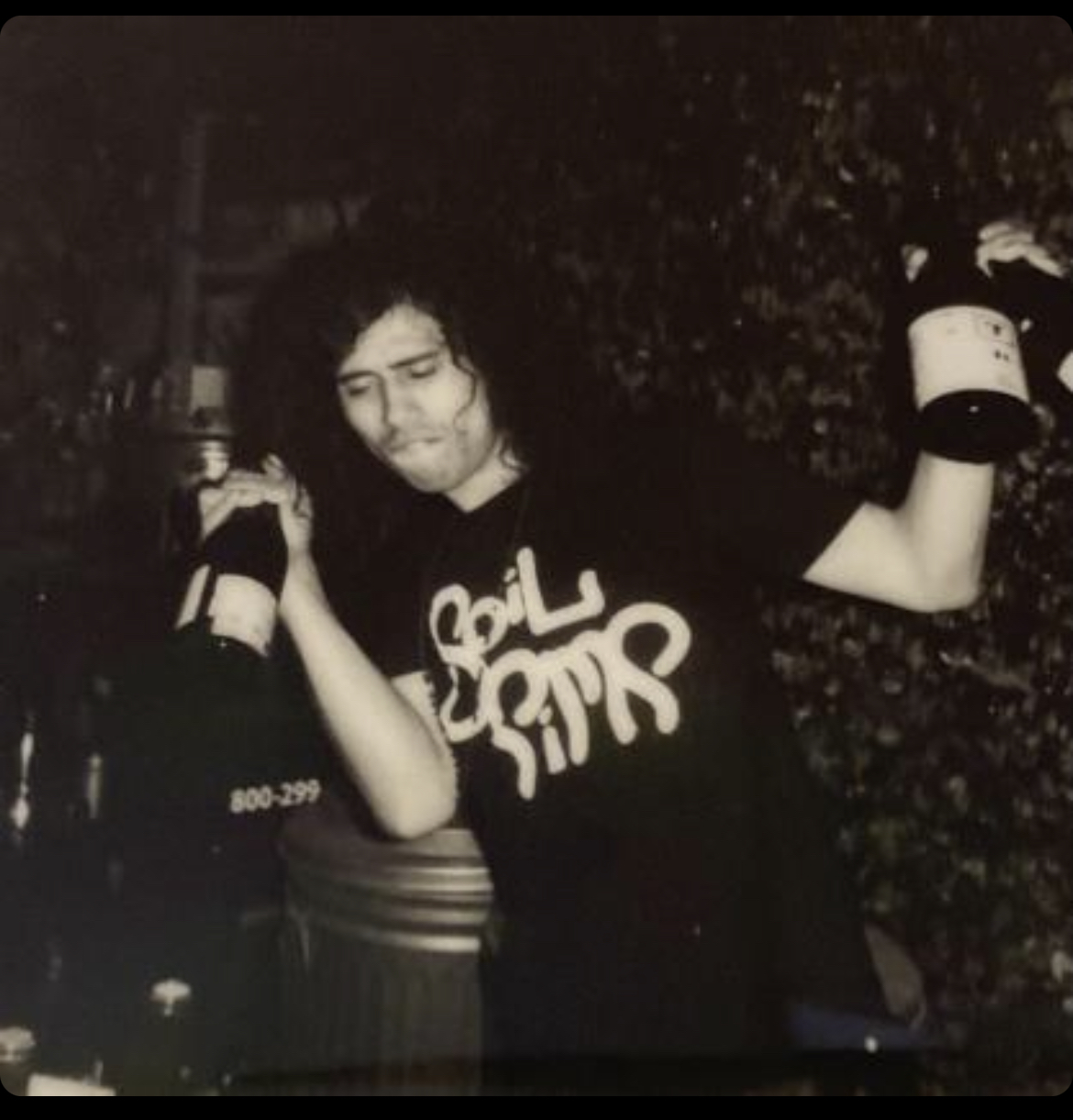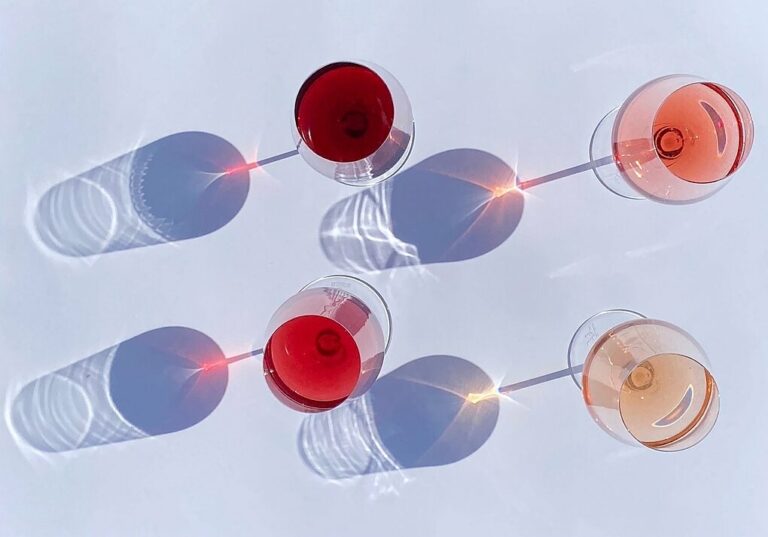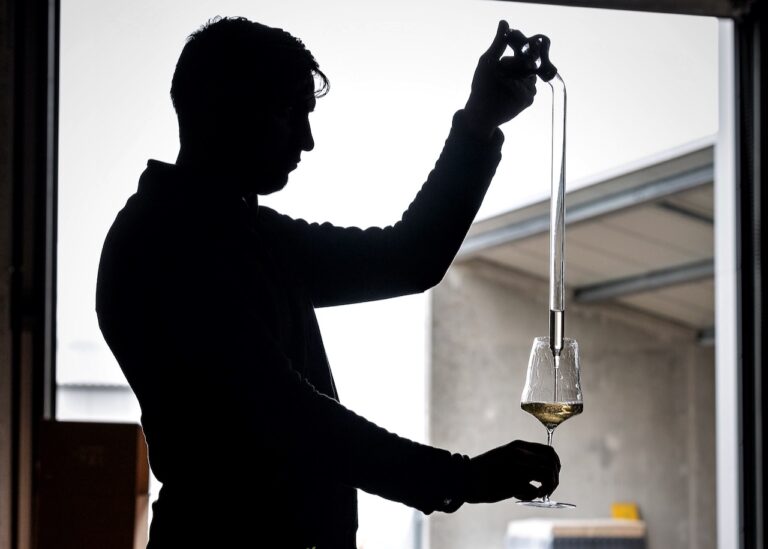Riesling, Weed, and the Creative Cosmos of Skinny Pablo

On an early autumn night, in a quietly insiderish neighborhood of Queens, New York, deep beats and warping, hypnotic sound penetrate the stillness. Trapezoids of light slant onto the dark sidewalk through the broad windows of a corner restaurant, the music’s source. Silhouetted figures mingle and shift in projection. Robert Dentice, noted collector of Riesling and vinyl, stands near the door, a bottle of Keller Abts E — one of Germany’s, if not the world’s, most coveted wines — in hand, greeting new arrivals with hugs and heavy pours. Inside, there’s an invitingly louche aura of fin-de-siècle Vienna or Berlin. A slew of wine is open, almost…






